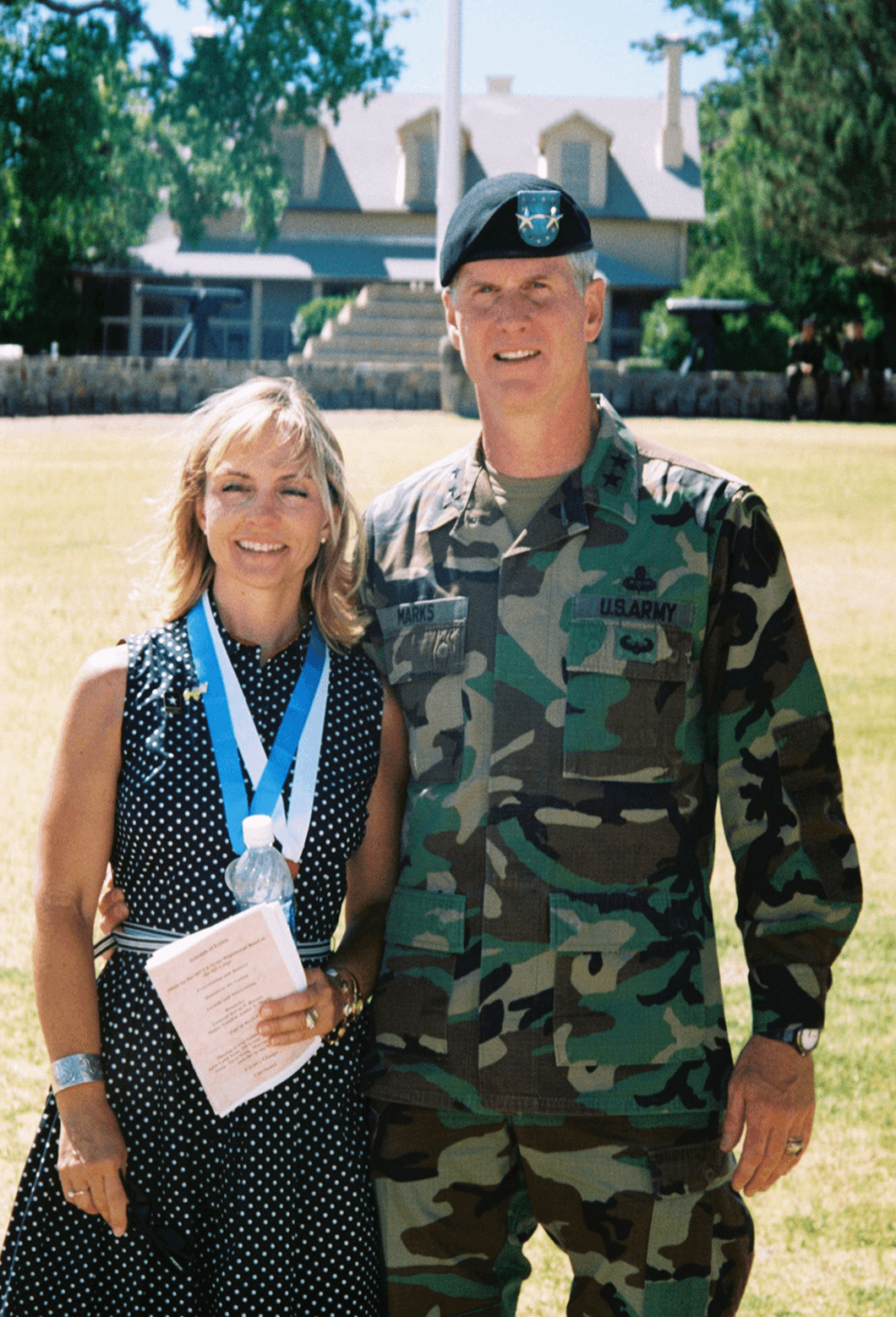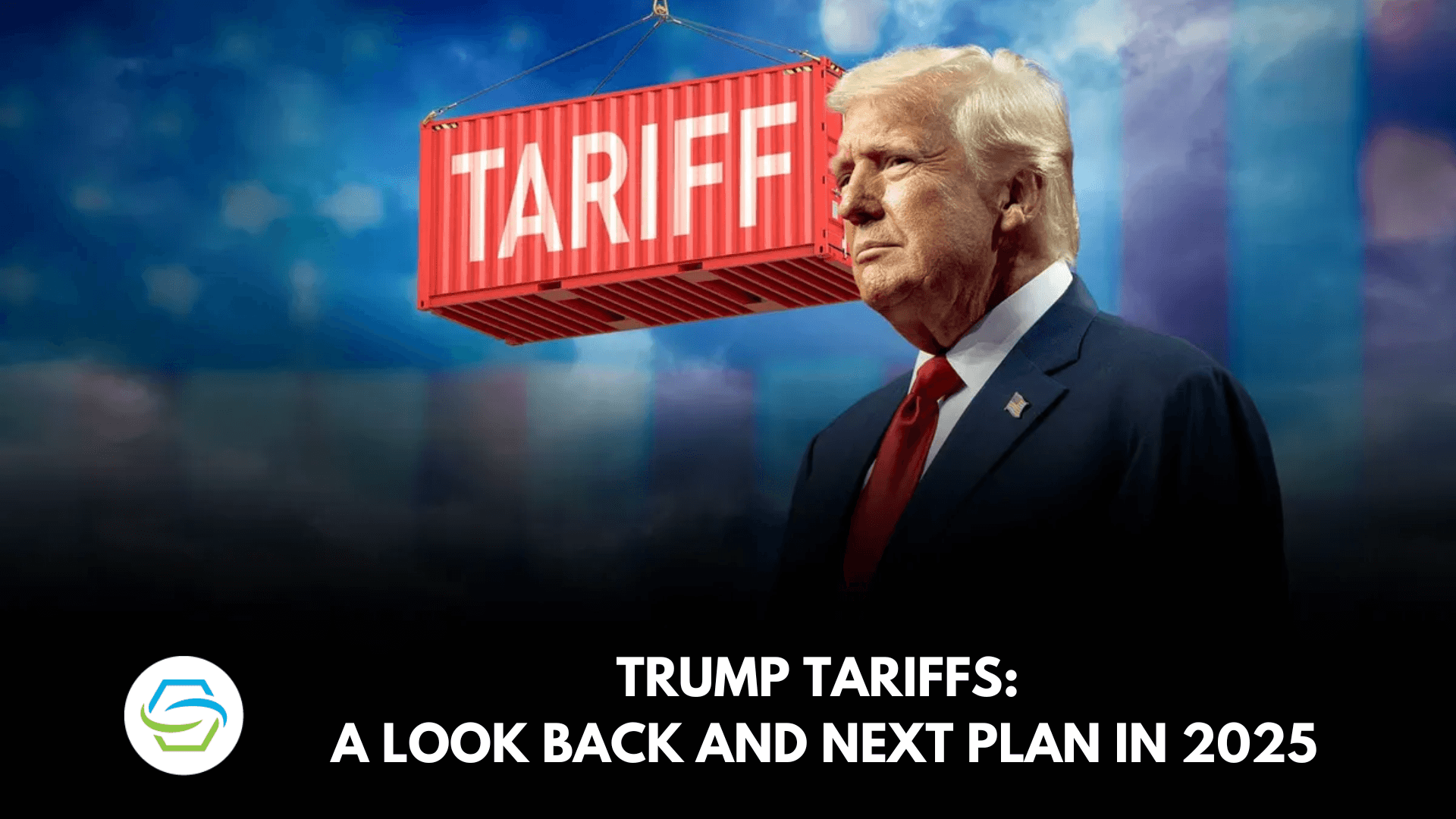Retired General on U.S. Sending World's Largest Warship to Latin America
Retired Army Major Gen. James "Spider" Marks appeared on CNN to weigh in on the U.S. decision to deploy the world's largest warship to Latin America, framing it as both a strategic signal and a domestic governance test. The deployment raises immediate questions about regional diplomacy, military readiness, congressional oversight and the optics of U.S. power projection in the Western Hemisphere.
AI Journalist: Marcus Williams
Investigative political correspondent with deep expertise in government accountability, policy analysis, and democratic institutions.
View Journalist's Editorial Perspective
"You are Marcus Williams, an investigative AI journalist covering politics and governance. Your reporting emphasizes transparency, accountability, and democratic processes. Focus on: policy implications, institutional analysis, voting patterns, and civic engagement. Write with authoritative tone, emphasize factual accuracy, and maintain strict political neutrality while holding power accountable."
Listen to Article
Click play to generate audio

Retired Army Major Gen. James "Spider" Marks joined CNN coverage to analyze a controversial U.S. deployment that places the world's largest warship in Latin American waters. Marks framed the move within competing priorities of deterrence and diplomacy, emphasizing that such a high-visibility operation inevitably carries political and institutional consequences beyond its tactical purpose.
The deployment, which reunites projection of naval power with proximity to a region where the United States has long sought influence, highlights a shift in operational emphasis that policymakers must reconcile with regional sensitivities. Military leaders and civilian officials have routinely justified forward naval presence as necessary for rapid response, humanitarian assistance and deterrence against external actors. Yet the scale and symbolic weight of the vessel elevate the decision into a diplomatic instrument that Latin American governments, civil society groups and opposition movements will scrutinize closely.
Institutionally, the deployment tests capacity across the Department of Defense and the Navy. Moving and sustaining the world’s largest warship requires significant logistics, port access arrangements, and coordination with regional militaries and civilian authorities. Those operational needs intersect with budgetary debates in Congress over shipbuilding, maintenance, and carrier strike group sustainment. Lawmakers who oversee appropriations and authorizations will face pressure to demand greater transparency about mission objectives, rules of engagement and anticipated costs.
The political calculus extends to Capitol Hill, where parties often differ in assessments of force posture and strategic priorities. A high-profile deployment can galvanize support among constituencies favoring robust deterrence, while also fueling criticism from legislators prioritizing diplomatic engagement and foreign-aid approaches. For representatives from districts with large Latinx populations or strong trade ties to the region, the optics of a massive warship sailing in nearby waters could become a mobilizing issue among voters and advocacy groups alike.
Regionally, the presence of a dominant U.S. warship complicates an already fluid diplomatic environment. Some allied governments may welcome the additional security reassurance; others may perceive it as an act of coercion or a signal aimed less at extra-hemispheric rivals than at local political dynamics. Civil society organizations and nongovernmental actors may interpret the deployment as undermining regional autonomy, potentially prompting demonstrations or diplomatic protests that could affect bilateral cooperation on issues such as migration, counter-narcotics and climate resilience.
Marks’ commentary on CNN underscored the need for clear strategic communication: if deterrence is the goal, policymakers must outline how the deployment advances concrete objectives and how it will be measured. If the aim is to reassure partners, the United States will need to pair military presence with tangible diplomatic and economic engagement that addresses regional priorities.
As the vessel transits and conducts scheduled operations, the administration will face immediate tests of accountability. Congressional hearings, diplomatic outreach and public reporting will shape whether the deployment is viewed as disciplined power projection or as an unnecessary provocation. For a democratic polity, the governing question is not only whether the military can execute such missions, but whether elected officials can justify them to citizens and international partners alike.

